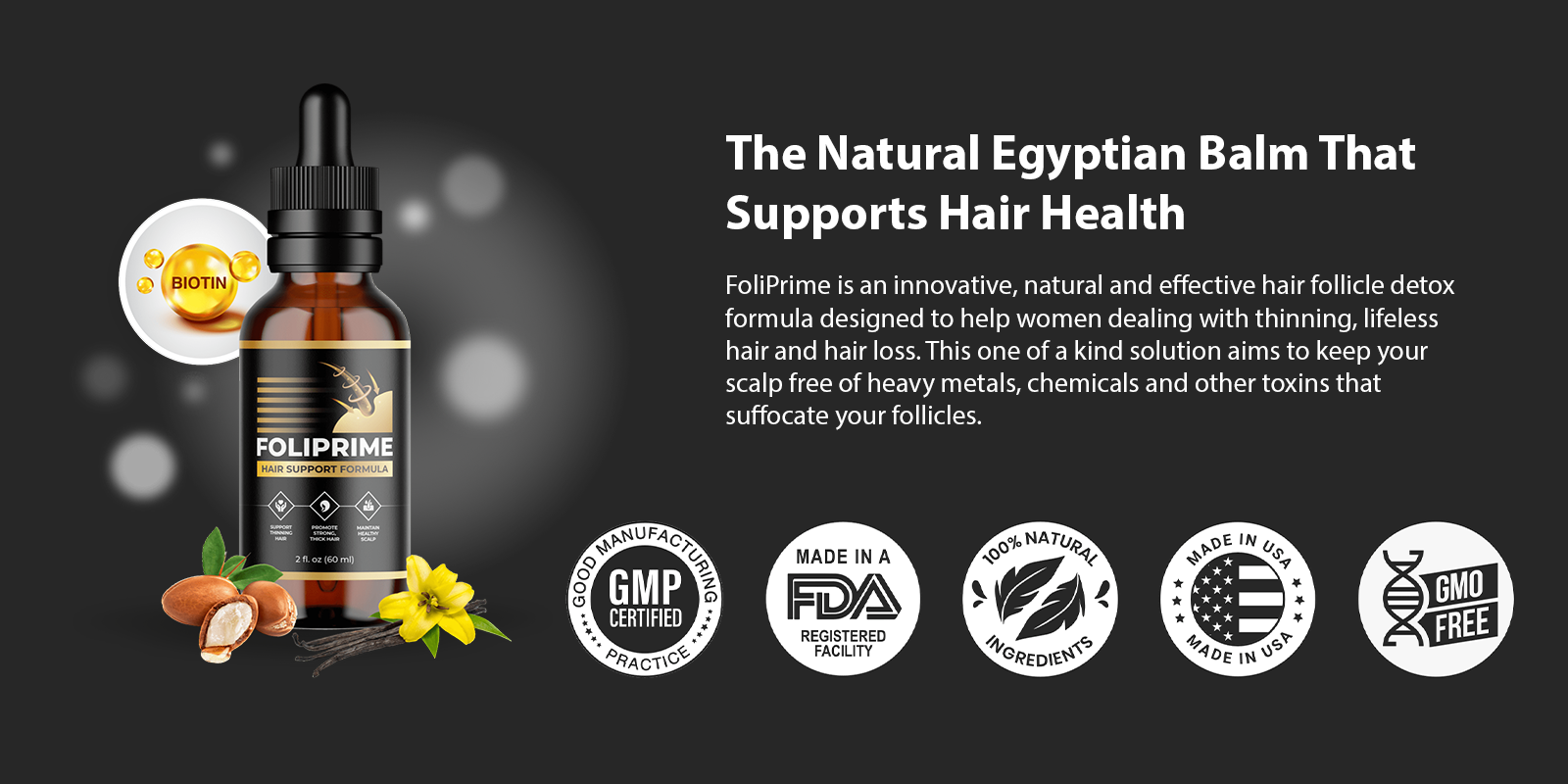It causes scaly patches, red skin and stubborn dandruff.
Seborrheic dermatitis can also affect oily areas of the body, such as the face, sides of the nose, eyebrows, ears, eyelids and chest.
Seborrheic dermatitis may go away without treatment.
Or you may need many repeated treatments before the symptoms go away.
And they may return later.
Daily cleansing with a gentle soap and shampoo can help reduce oiliness and dead skin buildup.
Seborrheic dermatitis is also called dandruff, seborrheic eczema and seborrheic psoriasis.
Symptoms
Seborrheic dermatitis signs and symptoms may include:
1. Skin flakes (dandruff) on your scalp, hair, eyebrows, beard or mustache;
2. Patches of greasy skin covered with flaky white or yellow scales or crust on the scalp, face, sides of the nose, eyebrows, ears, eyelids, chest, armpits, groin area or under the breasts;
3. Red skin;
4. Itching.
The signs and symptoms may be more severe if you're stressed, and they tend to flare in cold, dry seasons.
Your skin might itch or burn.
Risk factors
A number of factors increase your risk of developing seborrheic dermatitis, including:
1. Neurologic and psychiatric conditions, such as Parkinson's disease and depression;
2. A weakened immune system, such as seen in organ transplant recipients and people with HIV/AIDS, alcoholic pancreatitis and some cancers;
3. Recovery from stressful medical conditions, such as a heart attack.
How is seborrheic dermatitis treated?
Following a skincare routine can help keep symptoms under control.
Wash affected areas daily with a gentle, zinc containing cleanser (2% zinc pyrithione) and follow up with a moisturizer.
Healthy lifestyle habits, like managing stress and getting plenty of sleep, can also improve skin.
Treatment for seborrheic dermatitis is aimed at removing scales, reducing itch and calming the inflammation that's causing redness and swelling.
In infants, using an emollient such as mineral oil or petroleum jelly to gently loosen scales is usually all that's needed.
Care can be more complicated for adults, who often need ongoing treatment and self care to help prevent flare-ups.
If the condition is more severe, intermittent use of a topical corticosteroid or calcineurin inhibitor may be required.








